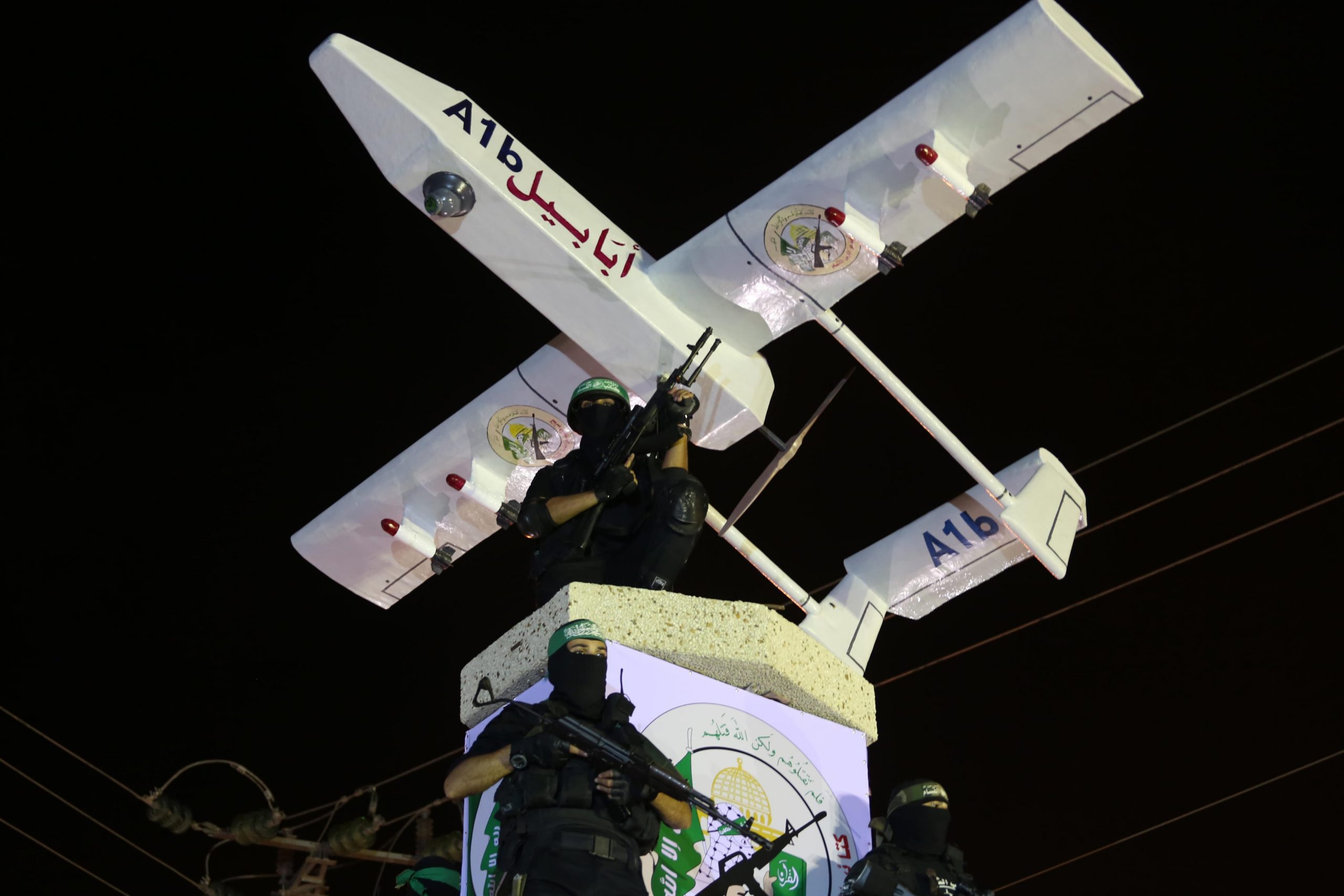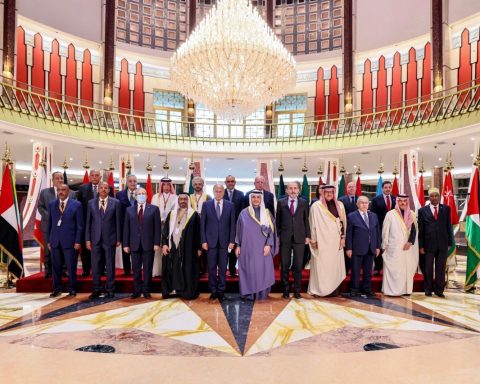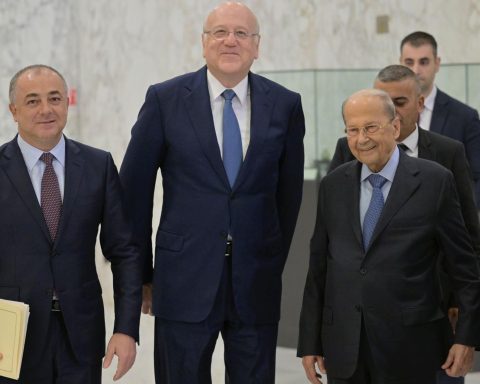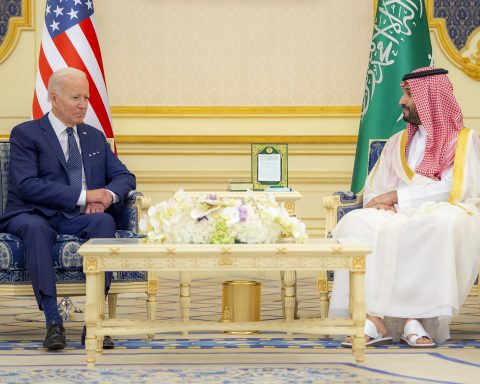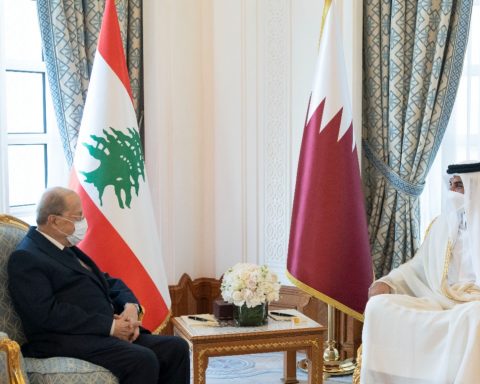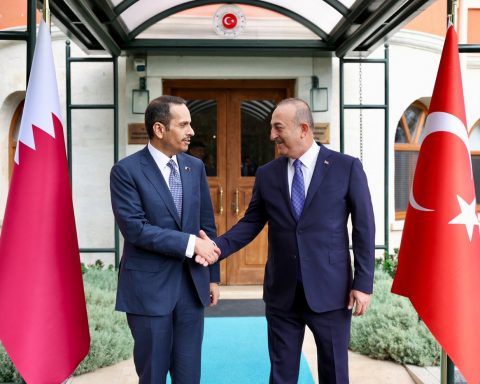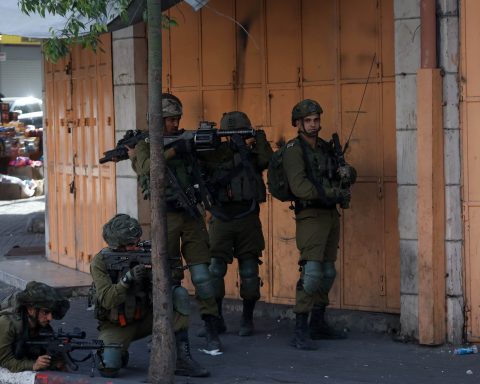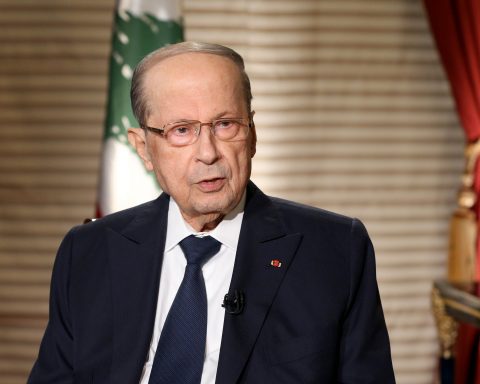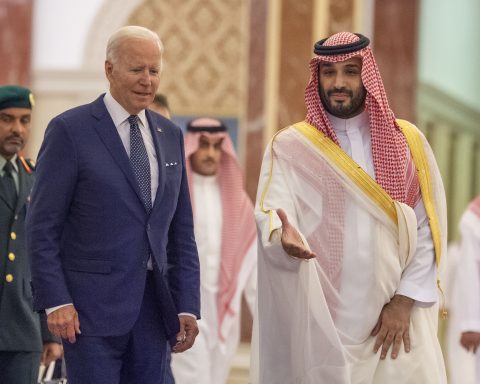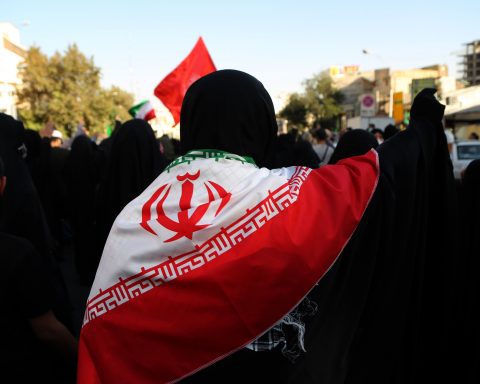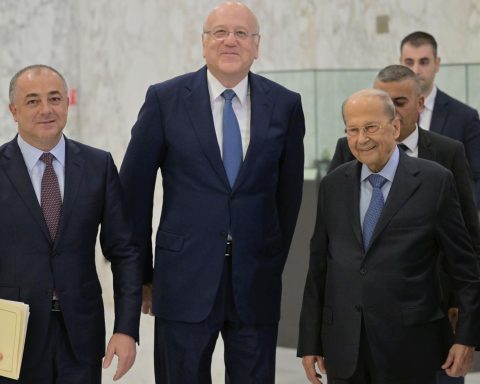The exhaustion of the air fleet of the Islamic Republic of Iran Army and the lack of up-to-date weapons in air operations and reconnaissance in the IRGC Aerospace Force have encouraged these two forces to use drones more in recent years. Iran has increased sales of drone technology to countries outside the Middle East as it seeks to become a player in the international market. The New York Times writes: According to news media, satellite and defense images, Iran is now seeking to increase its global influence and is selling advanced drones with enhanced weapons capabilities commercially to other countries, including countries that have been subject to various sanctions in recent years, such as Venezuela and Sudan. It is an important source of capital and political influence for Iran, which the US is trying to hamper with financial restrictions.
Last January, the UAE was subject to a drone attack by the Iranian-backed Houthi militia. This can be taken as a warning that Iran has its eye on oil-rich nations in the region. Should a new nuclear deal be reached, Iran will be freer to explore policies of regional aggression. States worried about Iran’s actions may benefit from studying Turkish influence in Syria. Israel and the US are the world’s largest drone producers, with Türkiye, China, and Iran also making big moves in the market. Mohammed Walid Bin Siraj, vice president of Türkiye-based Dragoman Strategies, explained to The Media Line that a new period of drone warfare is upon us and the way conflicts are fought is changing with the use of such weapons.
Russia’s Use of Iranian Kamikaze Drones
The London-based Royal United Services Institute recently noted that more electronic military supplies are needed by Ukraine for use in conflict with Russia. Although Ukraine can employ drones to monitor Russian activities, they are often destroyed by Russian forces in a short time. Within the past few months, Iran has received multiple visits from Russian delegations. These delegations have visited airfields in order to assess drones that could be used for military purposes. According to surveillance released to the New York Times by Washington, the Russian parties have expressed particular interest in the Shahed-191 and Shahed-129 drones. The Washington Institute for Near East Policy called the capabilities of Iranian drones remarkable and advanced, and claimed in the context of Tehran’s cooperation with Moscow: Iran’s military support to Russia in the Ukraine war and the transfer of drones is an option for Moscow to solve chain problems, namely the lack of supply caused by sanctions and other obstacles to the domestic production of drones. Iran’s developed drone industry has produced a wide range of reconnaissance, attack, and suicide models, some of which have already been exported to other countries. In October 2013, the Aerospace Force of the Islamic Revolutionary Guard Corps presented a small reconnaissance drone copied from the American Eagle scan to Russia. Russia also plans to become a major drone power, but since the development of drones, it has not made them its priority.
According to Politico, Iranian drones are a potential game changer for the Russians. They are relatively small, fly at a low altitude and escape Ukrainian radars. It is very difficult to control the area and shoot down drones. Following the outbreak of conflict between Azerbaijan and Armenia in the Nagorno-Karabakh war in 2020, the Turkish-made Bayraktar TB2 came face to face with Iran’s unmanned aerial vehicles, and reports allege that Iran moved its armored vehicles and UAV’s to the Azerbaijan border. Canadian-based EurAsian Times, the independent news portal, wrote that Bayraktar TB2 and Iranian UAVs may oppose each other: “Turkish Bayraktar vs Iran’s Suicide UAVs – after Ukraine and Russia, will the great drone war erupt in Central Asia?”
In the article comparing Turkish-made drones with Iran’s drones, the following statements were included: While the maximum range of Mohajer-6 is about 200 kilometers, the full range of Bayraktar TB2 is about 300 kilometers and can stay in the air for up to 27 hours. As for the Shahed series, reports suggest that supplies sent to Russia could include the Shahed-129 and Shahed-191 aircraft, based on recent satellite images showing Russian officials viewing these two drones at Iran’s Kashan Air Base. Shahed-191 and Shahed-129 are reportedly superior to TB2 with ranges of up to 450 and 2000 kilometers, respectively. However, the durability of the Bayraktar TB2 exceeds that of the Iranian-made drones mentioned above. The TB2 drones can stay in the air for up to 27 hours, while the Shahed-129 and Shahed-191 can stay in the air for 24 hours and 4.5 hours, respectively. Mohajer only has a capacity of 12 hours. In addition, Bayraktar TB2 can go higher than Shahed-129 and Mohajer-6, which can reach maximum altitudes of 23,950 feet and 18,000 feet, respectively. The Turkish-made drone can go up to 25,000 feet. For now, Iranian and Turkish drones are at opposite ends of the Russia-Ukraine war.
Last May, Major General Mohammad Bagheri, Chief of Staff of Iran’s Armed Forces, visited Tajikistan. The opening of the production line of one of the most famous and efficient light Iranian UAVs, Ababil 2, in Tajikistan. Tajikistan, as a country that is not under sanctions and therefore has access to all types of foreign drones, has selected the Iranian Ababil 2 as its light drone of choice. While Iran’s establishment of a UAV facility in Dushanbe brought with it question marks, the step taken was interpreted as ‘reverse engineering’. Giant projects such as Bayraktar TB3, AKINCI, and Bayraktar KIZILELMA were added to the Bayraktar TB2s, which developed through shifts in domestic technology. UAVs, which continue their technical development with important steps taken in the defense industry, have not fallen off the agenda of the world press.
Since the beginning of 2022, reports have surfaced that Israel has targeted similar production facilities in Iran. It is claimed that a country that has more varied and wider spheres of influence and exercise of power will increase its bargaining power and its ability to deal with larger international powers. Security-military relations independent of the involvement of major international powers between the Islamic Republic of Iran and a regional actor in Central Asia, especially after Iran’s membership in the Shanghai Cooperation Organization, increase not only Iran’s bargaining power against major powers such as Russia, China, and the United States but more in issues related to Central Asia. Referring to the agreement between Tehran and Dushanbe in February to increase trade exchanges and strengthen defense-security cooperation between the two countries, Al-Monitor reported: Iran’s drone technology is a necessity for the country’s military operations in the Middle East. Therefore, the development of Iran’s knowledge in the field of unmanned aircraft has brought Israel’s concern. Iran wants to compete with Bayraktar TB2s by selling drones to Russia. Iran further wants an opportunity to compete against Türkiye’s famous Bayraktar TB2 drone, which has been successfully used by the Ukrainians in the war, because Iranian-made drones in Russian service can help increase sales if they perform good. More generally, the relatively low price of Iranian weapons could make them an affordable and desirable option for pariah states and unpopular regimes around the world. This development could also revive Iran’s potential deals with other countries in the region.
While the nuclear negotiations have stopped, some American and European politicians are worried about Iran’s drone industry. In the past few years, the drone attacks on Saudi Aramco oil facilities showed that Iran uses drones to support its proxy groups and threaten energy security. If the nuclear agreement is reached and the sanctions are lifted, we could see an increase in Iran’s investment in the development of various types of weapons and drones. Turkish drones have served regional security and stability in the Second Karabakh War, in Libya and in China in Ukraine’s war. Türkiye can expand its drone power even more and even increase the export of drones in the coming years. There will be an increase in the drone industry between Türkiye, Iran, and Israel, and, of course, the Arab countries of the region, especially Saudi Arabia, will produce drones with the help of Chinese companies’ technology. To maintain stability and security in the Middle East, Iran’s drone-missile and nuclear programs must be carefully monitored.

